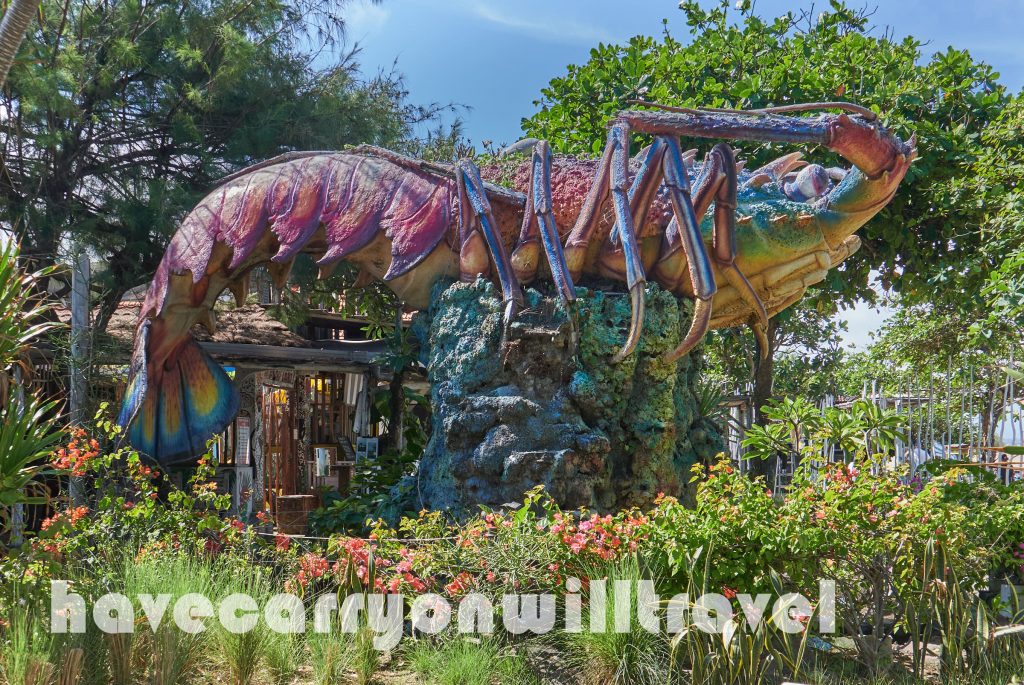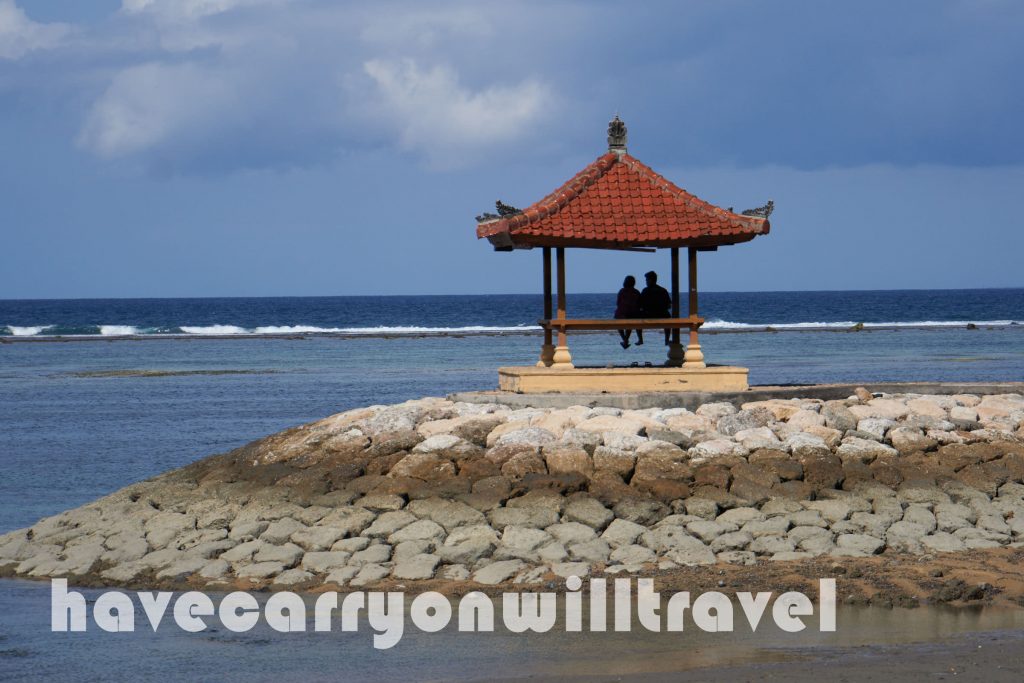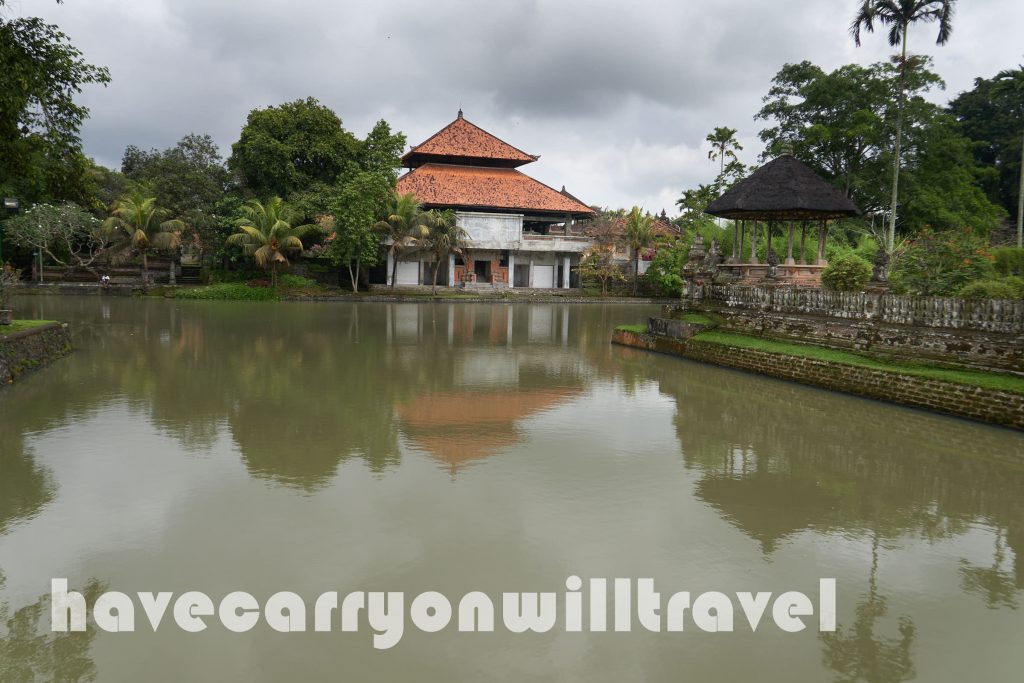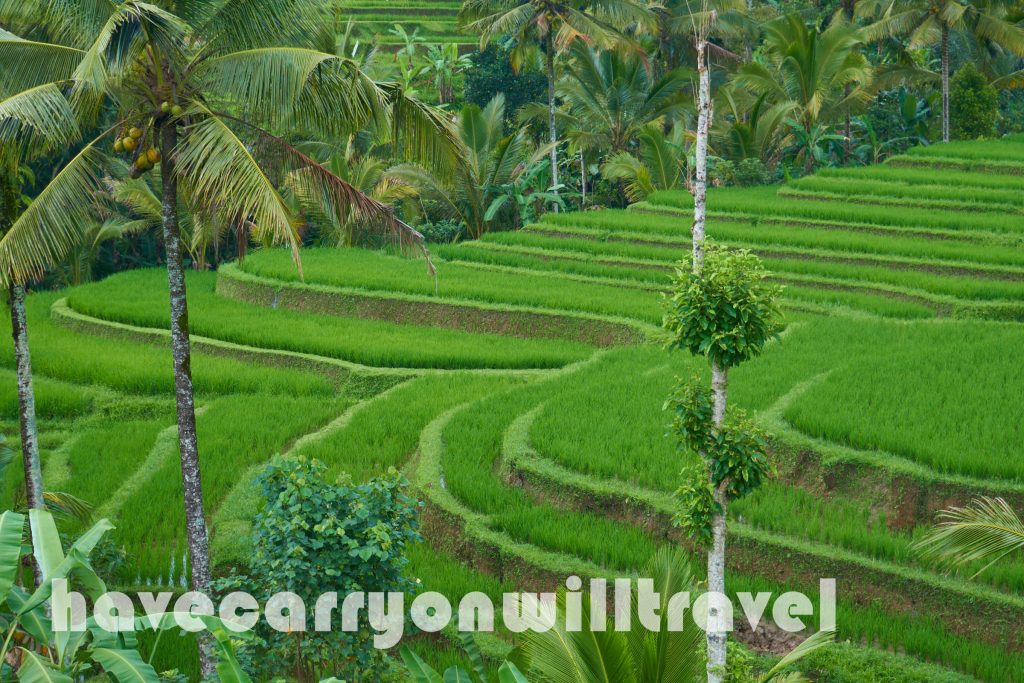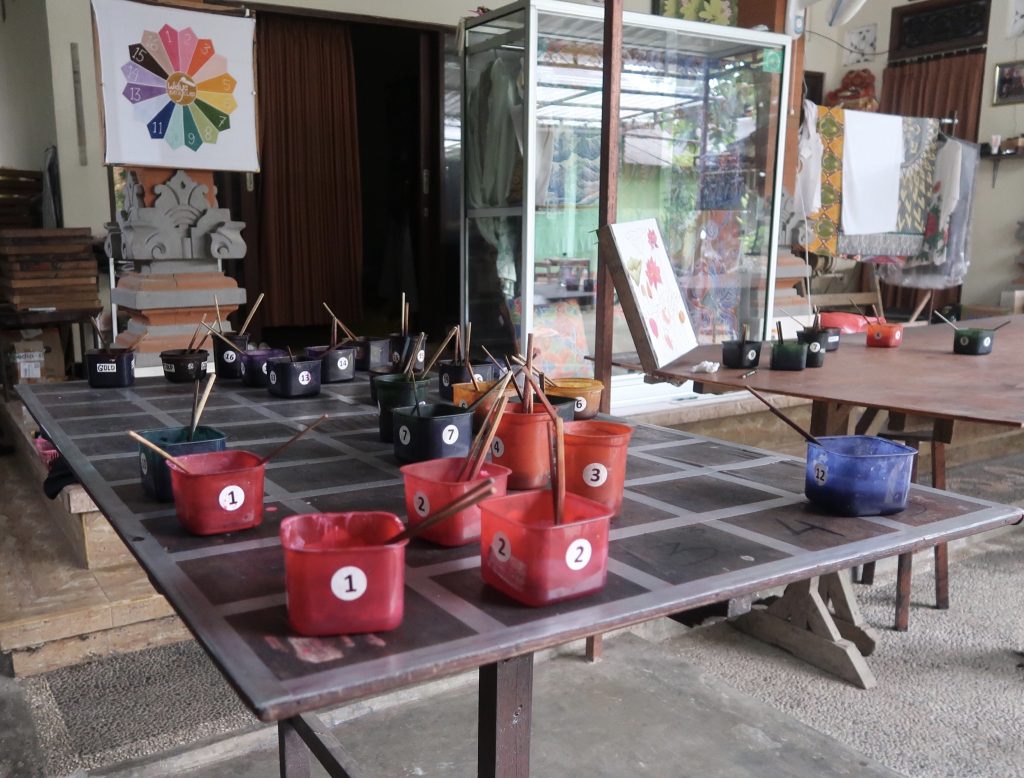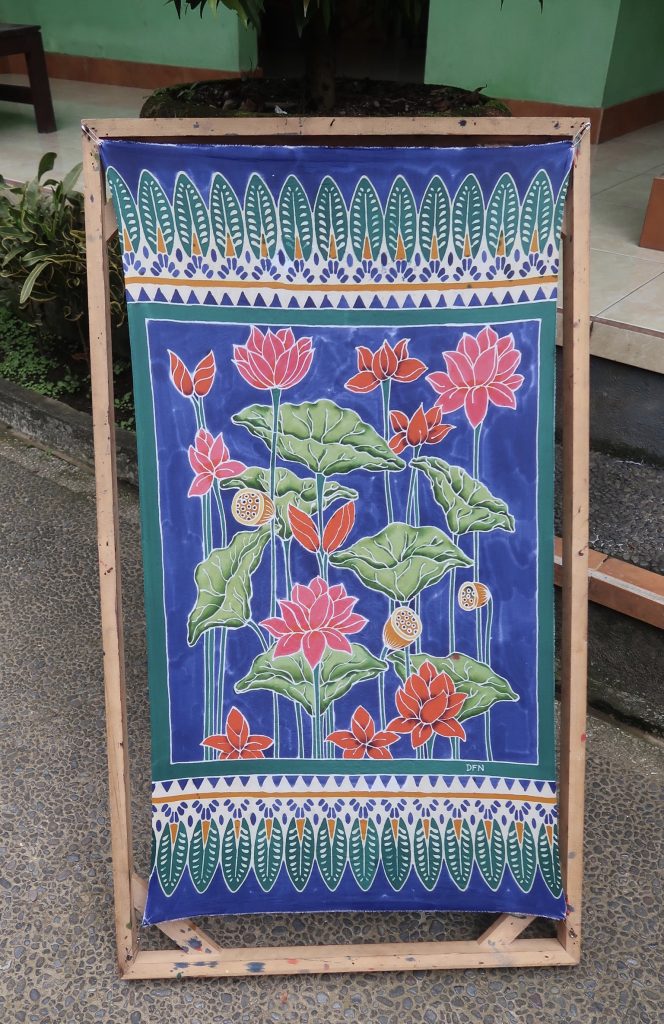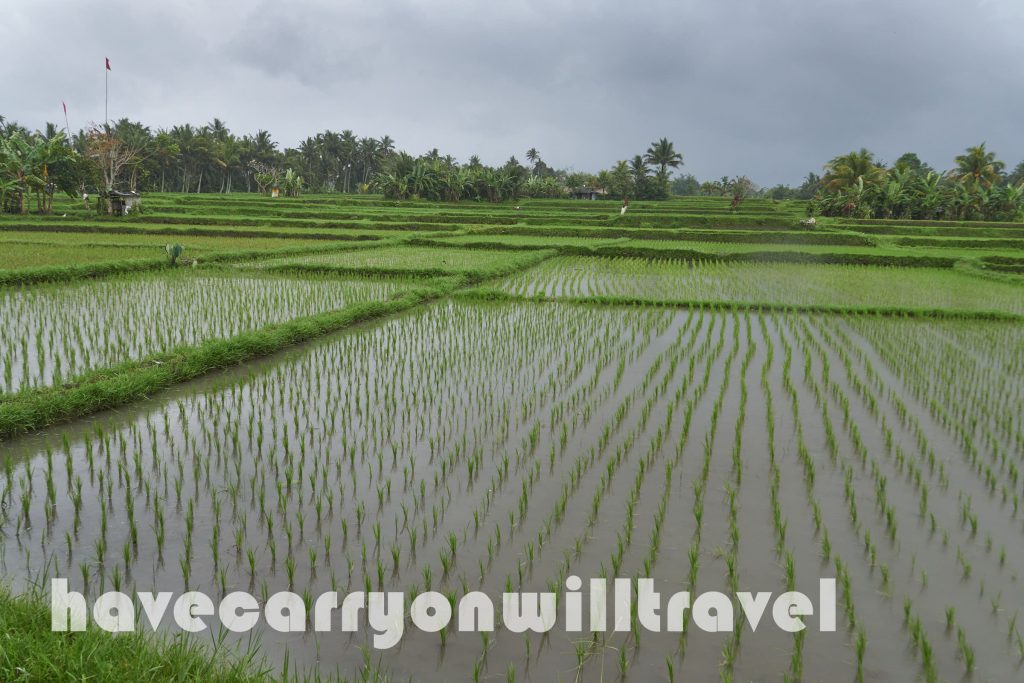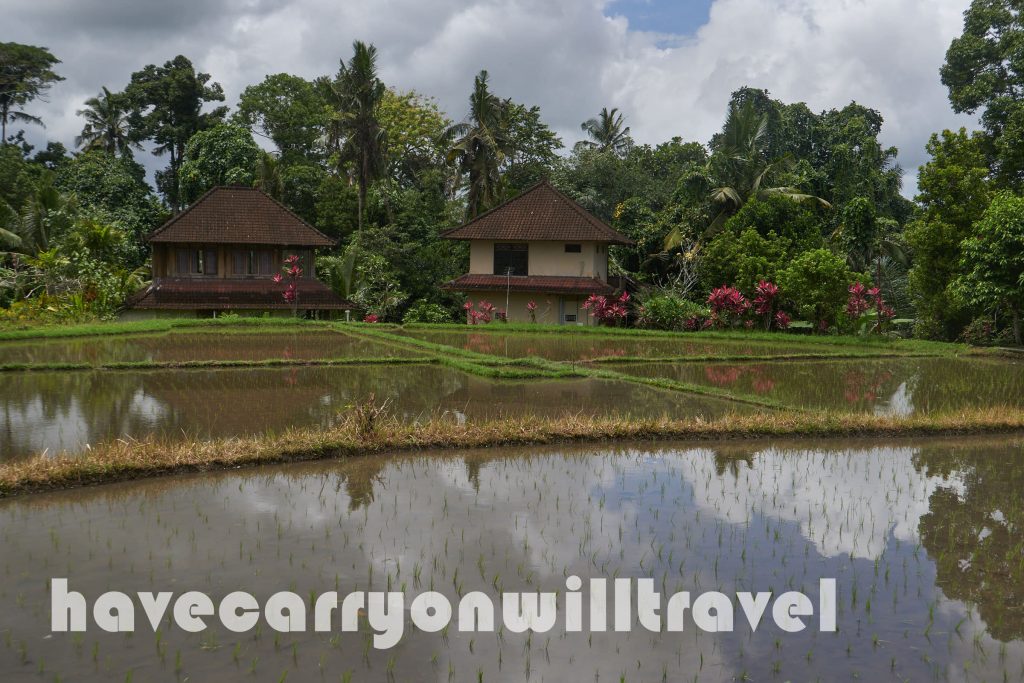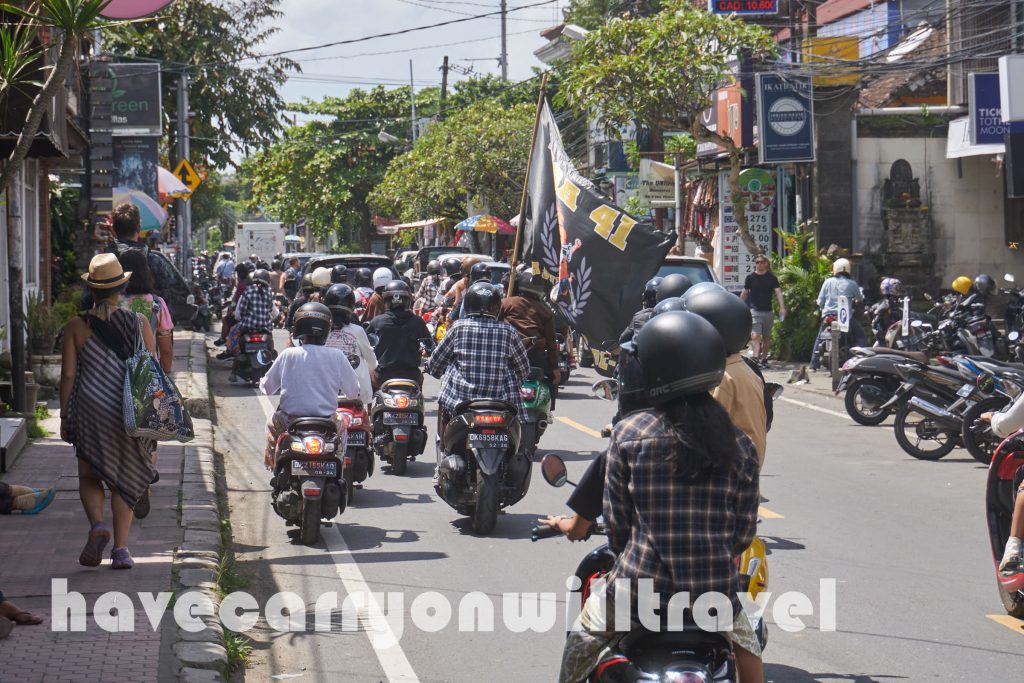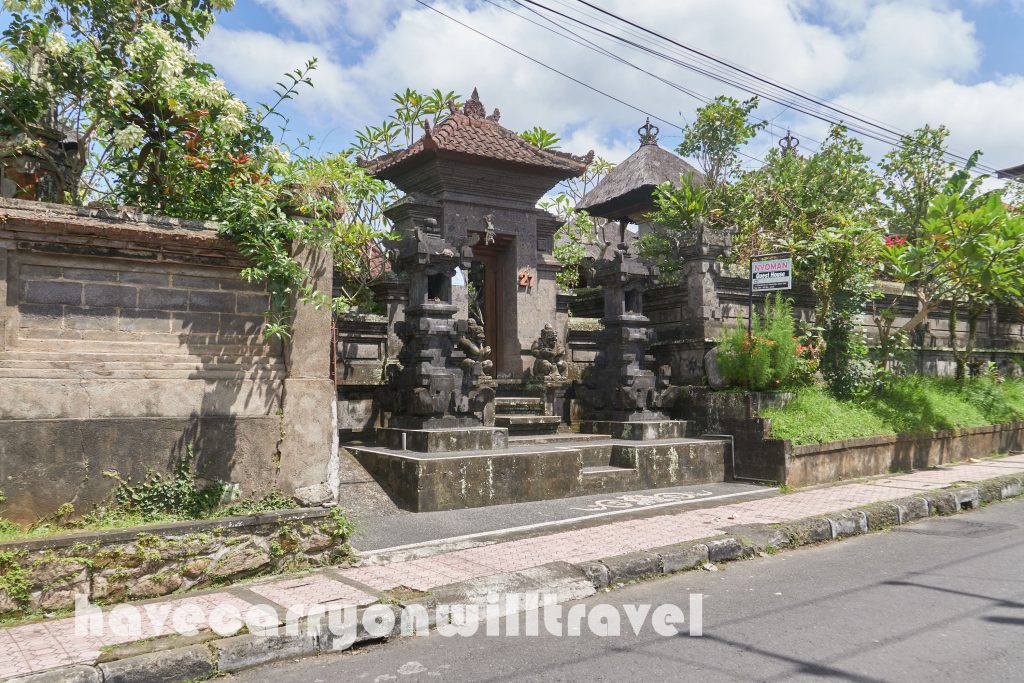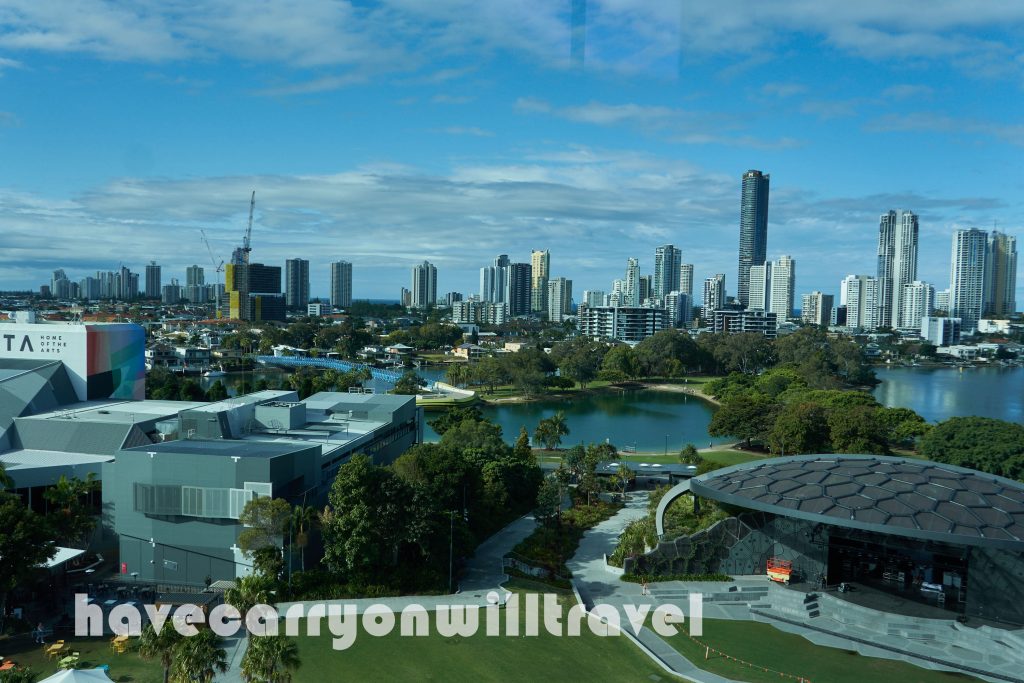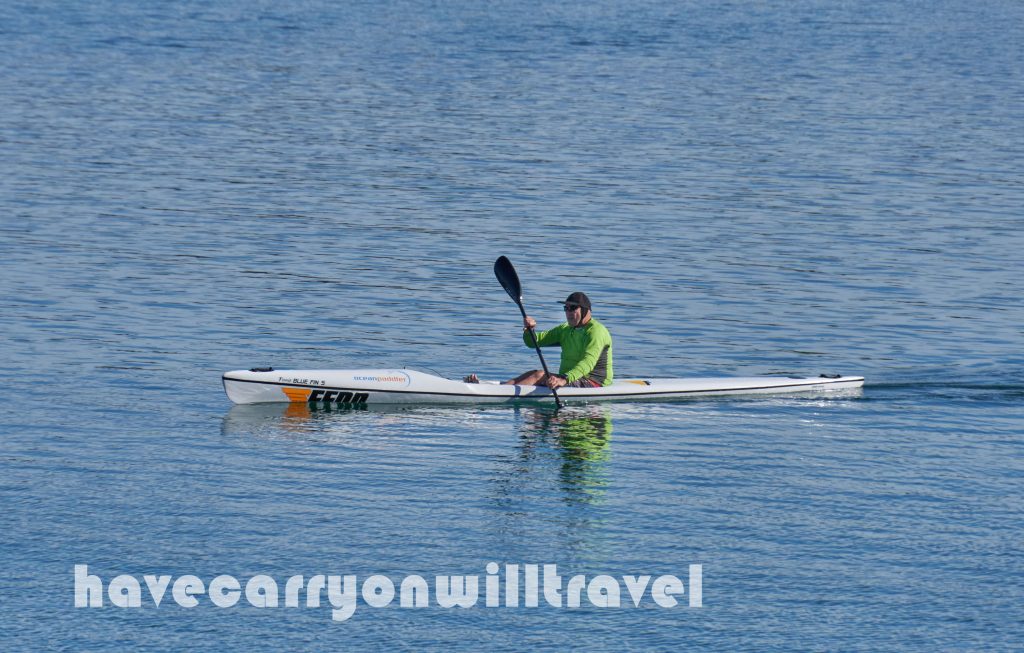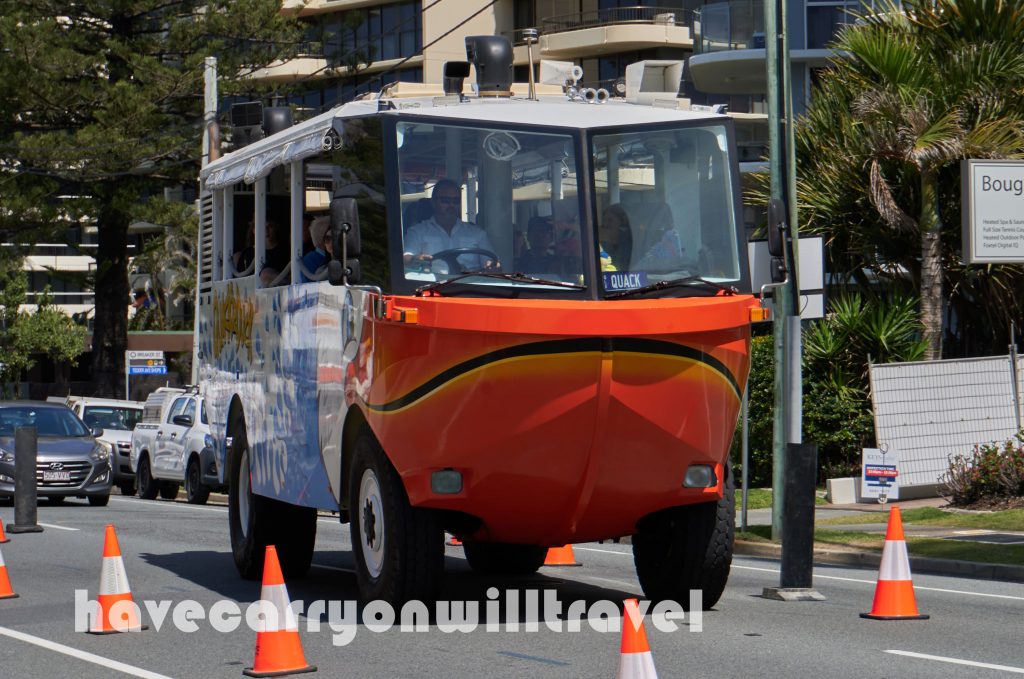Back around 1990, Bali was on my bucket list. Time passed and Bali became a tourist mecca. Word was that it is crowded. Bali fell off the bottom of the list soon after. Precovid, after booking another dive trip to Indonesia and including a trip to Australia to visit our son we found that Bali was the entrance to Indonesia from Brisbane. Crowded or not we thought since we were there we might as well spend some time and see what Bali is about.
We chose Ubud because of the reputation it had as an artists’ colony when I first looked at coming here. I think it is a good choice. The setting is spectacular and there is access to most things people might want to do while visiting here. I do not think I have been anywhere where the tourist infrastructure is set up so good.
There is every kind of hotel you can imagine from 5-star resort type places to home stays. Some are in remote locations and others in very urban locales. Sama’s Cottages is mid range money wise but it is a wonderful place, the staff are amazingly attentive, the cottages are maintained very well, breakfast is included and it is great to have it served on your private veranda and ½ an hour after you finish, the dishes disappear. The hotel is located 300M off the main street and 50 M off the roadway. I hear no street hubbub what so ever.
I don’t think night life is big here. I have not heard any loud music other that the occasional gamelan orchestra and that is midday. I’m quite sure if we were in Kuta or the beach areas to the south of Denpasar the bar scene would be raging.
English is universal here. It is not very good for learning a few phrases of the Balinese language, we still managed to learn a use a few basic words but it is totally not necessary. Everybody, and I mean everybody, speaks English. Some as well or better than the people at home in Canada.
We have been here almost a week and we have yet to stop in at a disappointing restaurant. We don’t frequent the fancy, made solely for the tourist places. We search out establishments that are quite a way off the main street. Smaller places most tourists would walk by although not the hardcore local restaurants ones. Our luck has been very good. We have eaten almost entirely Indonesian food, nasi goreng, satay, rendang but we did opt of pizza last night. One of the first places we ate dinner was outstanding. Debbie ordered satay and I had rendang. We will head back there on our last night in Ubud.
One thing completely different than any Asian country I have visited is the lack of trash. There is no garbage on the street, in the ditches, along the rivers or on empty lots. I don’t know if there is a night crew that cleans the town or if people are just more aware and actually search out proper disposal places. I did not even notice how clean Ubud is at first but once I realized it, it was blindly obvious.
The sidewalks, as with most non first world countries, are in total disrepair. You can’t really walk along and window shop. It’s eyes down and pay attention to where you step or it is face on the concrete grinding your nose.
They actually cook the food here. As in most places, not North America, it takes a long time in a restaurant from the time the waiter takes your order and when your food arrives at your table. This irritates most North Americans. But the reason is they prepare the food after it has been ordered. So, my advise is to sit back and enjoy the time because nothing you do will make things happen any faster and you can be sure the fresh cooked food is safe to eat.
Now for one of Indonesia’s worst tourist experiences, Lion Air. We have read many horror stories about this company; the only thing is it has more or less a monopoly of some of the domestic routes. So, if you have a particular destination in mind, it is Lion Air or a boat. We have flown with this company a few times and had minor problems, like schedule time changes, which can happen on any airline. This caused us some inconvenience but it was relatively easy to work out and make the appropriate changes.
Three days ago, Lion Air cancelled one of our flights that was integral to our trip. OK we can make a change and still get to where we need to although not ideal. First, we found out the flight was cancelled through a third party. Lion Air never did email us to inform us our plans had to change. We opened our itinerary and indeed adjacent to one of the flights was ‘cancelled’. We noted that below they were kind enough to put us on the next days flight, the only other one available. Only thing is they neglected to update the other two connecting flights that are attached to the same ticket. So had we left it those two flights would have flown the day before the rescheduled flight. Not really professional I’d say.
Next on the page was a note stating we had to confirm that we accepted the change. There was absolutely no way of doing that on the web page. No button and no amount of clicking anywhere would let us confirm we would be OK with the new flight time.
Next step was to contact Lion Air by phone. The following morning after half an hour of trying we finally connected. The lady was very kind, looked up our flight and confirmed the flight has been cancelled but she, unfortunately, could not do anything about solving our problem. We would have to contact the reservation call centre in Jakarta or travel in to Denpasar, a $40 cab ride and a day wasted. The call centre line was constantly busy and we had zero success with that.
Debbie had one last ditch idea. We could go to a travel agent an see if they could sort things out. The hotel clerk offered up the name of an agent a distance away but still walk-able. Debbie mentioned the agency in a previous post and the fellow did a bang-up job. After using the travel agents’ hot line to reach the booking call centre he managed to confirm that we would accept the schedule change. Inquiring further he found the computer nor any one at Lion Air had updated our connection flights. Pretty damn poor. Further discussion and those flights were aligned with the new outgoing flight. The end result is, if nothing else goes awry we will lose a couple hundred bucks on a cancelled hotel and with a little luck make our flight to Australia on a different airline. I would like to say we will never travel Lion Air again but, in all likelihood, we will be back to Indonesia and since there is little choice, we may have to suck it up and pay for more abuse.
If we do come back to Bali after dropping into Australia I might spend some time on the north coast which I would imagine to be less crowded and still very interesting.
